Bearded Dragon vs. Uromastyx: What are the Differences Guide – Comprehensive Info to Help You Decide!
Do you have a hard time deciding which lizard is the best pet for you? Bearded Dragons and Uromastyx lizards are two different types of lizards. This comprehensive guide will help make your decision easier. In this article, we will discuss the differences between these lizards, as well as provide tips on how to choose the right lizard for your home.
Bearded Dragon vs. Uromastyx – Which is the Better Pet?
If you’re looking for a reptilian pet, you may be debating between a Bearded Dragon and an Uromastyx. Both make great pets, but there are some key differences between the two that you should take into account before making your decision. In this article, we’ll compare and contrast Bearded Dragons and Uromastyx, so you can make the best decision for you and your family.
Physical Appearance
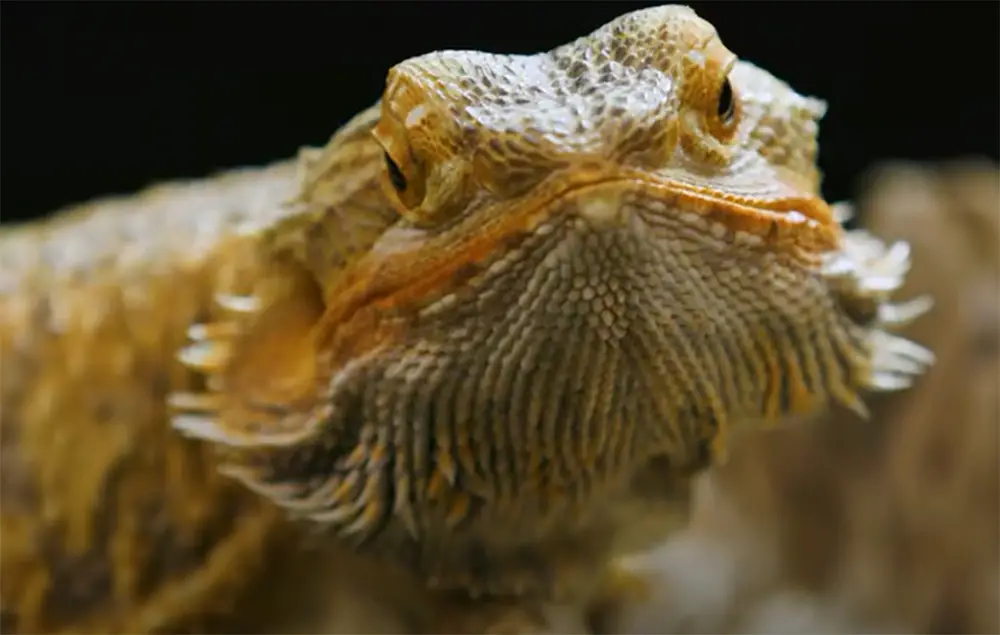
Bearded Dragons have spines on their head and body that they use for protection, while Uromastyx lizards have spikes on their tail that they use for defense.
Lifespan
Bearded Dragons typically live between eight and twelve years. [2]
Uromastyx can live up to twenty years or more with proper care. If you’re looking for a long-term reptilian companion, then the Uromastyx is the better choice. [3]
Size and growth
One of the most significant differences between these two lizards is their size. Bearded Dragons grow to an average length of 18-24 inches, while Uromastyx can reach lengths of up to 36 inches. Uromastyx also have a much sturdier build, with larger tails and bodies.
Another difference is growth rate. Bearded Dragons grow relatively quickly, reaching their full size within 12-18 months. Uromastyx, on the other hand, take significantly longer to reach maturity, with some not fully growing until they are several years old.
This difference in size and growth rate is important to consider if you have limited space for your pet. An Uromastyx will require a much larger enclosure than a Bearded Dragon, and may not be suitable for small homes or apartments.
Finally, it is worth noting that male and female Uromastyx can differ significantly in size. Females are typically half the size of males and can reach lengths of only 18 inches. This is something to keep in mind if you are considering breeding Uromastyx.
Diet
Another aspect to consider when choosing between these two pets is their diets. Bearded Dragons are omnivores, which means they consume both vegetation and animals. Their diet in the wild is primarily insects, but they will also eat fruits, vegetables, and even small mammals or reptiles.
Uromastyx are mostly herbivorous but can also consume the occasional insect.
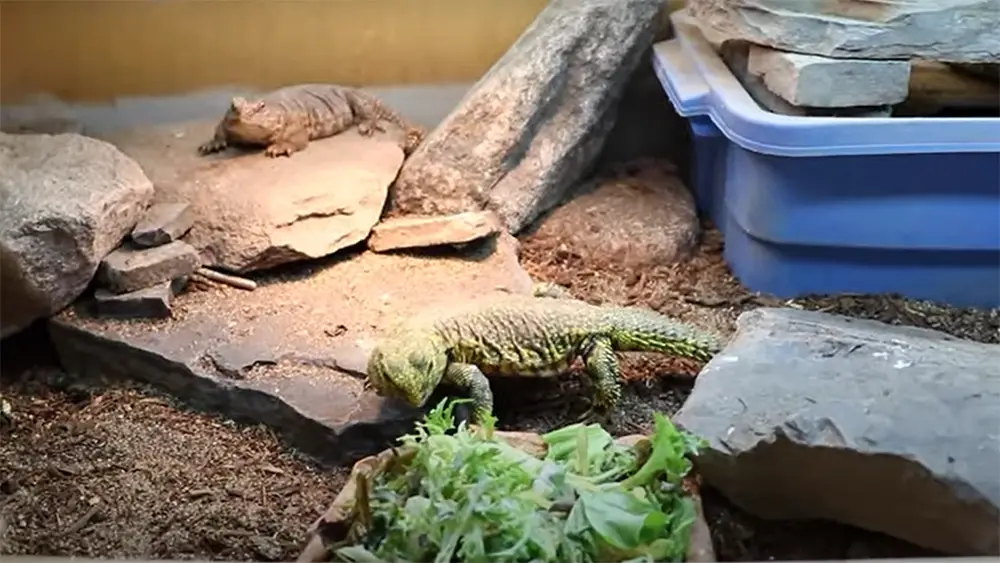
Bearded Dragons require more protein than Uromastyx. This means that you’ll need to feed your Bearded Dragon a mix of vegetables, fruits, and insects. You can either buy commercial food or make your own mixes at home.
Uromastyx require less protein. However, they still need some insects in their diet for essential nutrients.
Bearded Dragons are more likely to eat foods that are poisonous to them. This is because they don’t have a very good sense of smell and can’t tell if something is poisonous or not.
Uromastyx have a much better sense of smell and are less likely to eat something that could hurt them.
When it comes to diet, you’ll need to be more careful with a Bearded Dragon than with a Uromastyx. But, both pets require some level of care and attention to ensure they’re getting the nutrients they need.
Tank requirements
Bearded Dragons come from the dry, arid regions of Australia. In the wild, they bask in the sun on rocks and in trees.
The tank size for an adult Bearded Dragon should be a minimum of 40 gallons, but bigger is always better. If you have the space, we recommend a 60-gallon tank or larger.
A baby or juvenile Bearded Dragon can live in a 20-gallon tank, but will need to be moved to a larger enclosure as they grow. [4]
Bearded Dragons are desert animals and do not need a lot of humidity.
The humidity level in the tank should be between 30% and 40%.
Uromastyx come from dry, arid regions of Africa and the Middle East. In their natural habitat, they basking on rocks and in trees.
The recommended tank size for an adult Uromastyx should be no less than 55 gallons. A 60-gallon tank or larger would be ideal. [5]
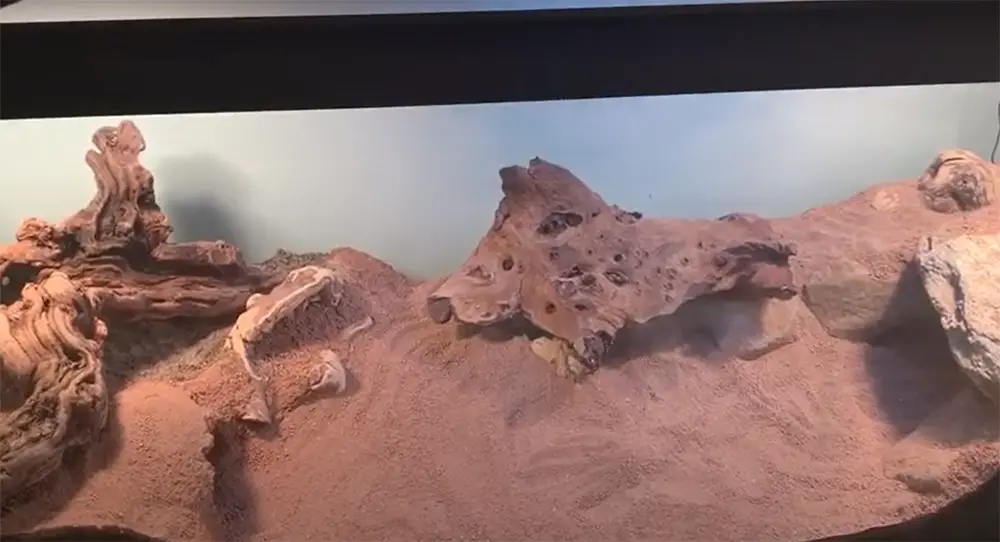
A baby or juvenile Uromastyx can live in a 20-gallon tank, but will need to eventually be moved to a larger enclosure as they grow.
Uromastyx require higher levels of humidity than Bearded Dragons. The humidity level in the tank should be between 50% and 60%.
Personality, handling tolerance and docility
Bearded Dragons have a reputation for being docile and tolerant of handling.
Uromastyx are also generally docile, but some can be nippy when first getting to know their owner. As they become more comfortable with you, they will usually calm down. If you want a pet you can handle frequently, either species would likely be a good choice. Just remember to go slowly at first and give your new pet time to adjust to its new home and you.
Biting
Bearded Dragons have well-developed teeth that they can use to deliver a painful bite. Uromastyx lizards also have well-developed teeth, but they are not known to bite humans unless provoked.
Both Bearded Dragons and Uromastyx lizards can be hand-fed, but you may want to take extra care when feeding your Uromastyx as they can easily mistake fingers for food. If you are bitten by either type of lizard, it is important to seek medical attention as soon as possible as both types of lizard carry bacteria in their mouths that can cause infection.
It is also worth noting that baby Bearded Dragons are more likely to bite than adults, so if you are considering getting a beardie as a pet, it is important to research the proper care and handling of baby dragons. Uromastyx lizards are not known to be particularly nippy even as babies.
Tail dropping
Tail dropping is a common defense mechanism used by both species. When they feel threatened, they will let their tail go limp to give the appearance that it has been detached. If the predator does not back off, the lizard will swing its tail around and hit the attacker with it.
Heating, lighting and humidity requirements
Bearded Dragons and Uromastyx lizards come from different parts of the world and as such have different heating, lighting and humidity requirements.
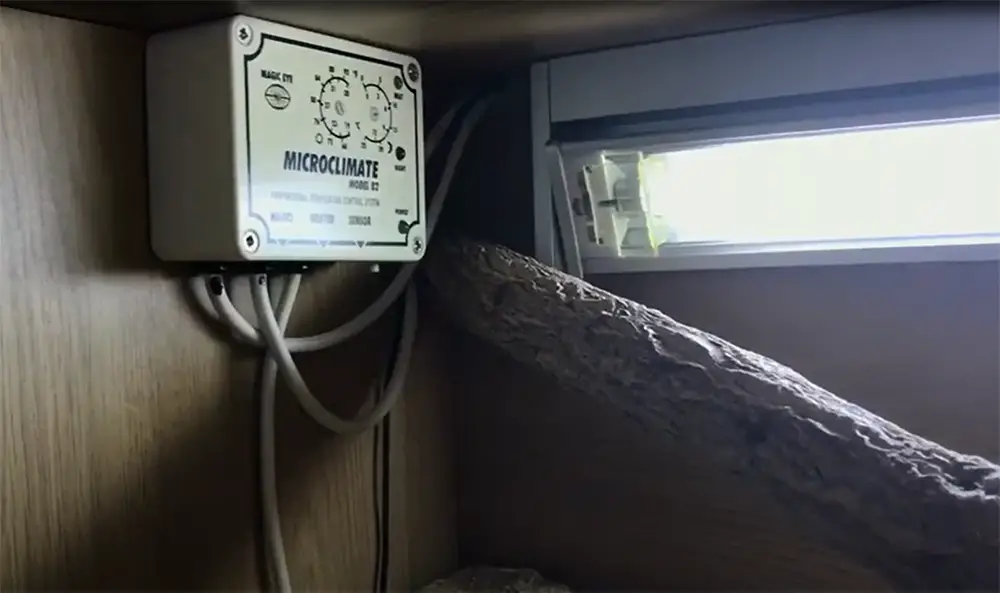
Bearded Dragons come from Australia where it can get quite hot. They need a basking spot that is around 95-110 degrees Fahrenheit. The cool side of their enclosure should be 75-85 degrees Fahrenheit. For lighting, they need full spectrum UVB light that mimics the sun’s rays. This helps them to absorb calcium which is essential for their health. As for humidity, their enclosure should be kept at 30-40% humidity.
Uromastyx lizards come from Africa and the Middle East where it is very hot and dry. They need a basking spot that is around 130 degrees Fahrenheit. The cool side of their enclosure should be 80-90 degrees Fahrenheit. They do not need UVB light as they get all the vitamin D they need from their food. However, they do need a basking light to help them regulate their body temperature. As for humidity, their enclosure should be kept at 20-30% humidity.
Both Bearded Dragons and Uromastyx lizards need a heat gradient in their enclosure so that they can thermoregulate. This means that they can move to different parts of their enclosure to regulate their body temperature as needed.
Costs
The cost of a Bearded Dragon can range from $40-$200. The cost of a Uromastyx can range from $80-$250. [6]
Many factors affect the price of your lizard such as: where you purchase it, what morph you want, whether or not you want a captive-bred or wild-caught specimen, and so on.
Generally speaking, Bearded Dragons tend to be less expensive than Uromastyx. However, this is not always the case and it depends on the individual lizard and market conditions.
Suitability for beginners or children
Bearded Dragons make great pets for beginners or children. They are relatively easy to care for and are very hardy reptiles.
Uromastyx can be a bit more challenging to care for and may not be the best option for those new to reptile keeping.
Activity time
Bearded Dragons are generally more active during the day, while Uromastyx may be more active at night. However, both species are diurnal, meaning they are awake during the day and sleep at night.
Availability
Bearded Dragons are one of the most popular reptiles to keep as pets. They’re readily available from pet stores, reptile shows, and breeders.
Uromastyx are less common but are still available from some specialty reptile retailers.
Breeding difficulty
Bearded Dragons are easy to breed as long as you have a male and female. You will also need to provide them with the right environment and food.
On the other hand, Uromastyx is difficult to breed. They are very particular about their diet and environment. If you don’t provide them with the right conditions, they won’t reproduce.
Ability to live in groups
Bearded Dragons are social creatures that live in groups in the wild. They will often be basking and foraging together. In captivity, they can be kept together as long as there is enough space and hiding spots.
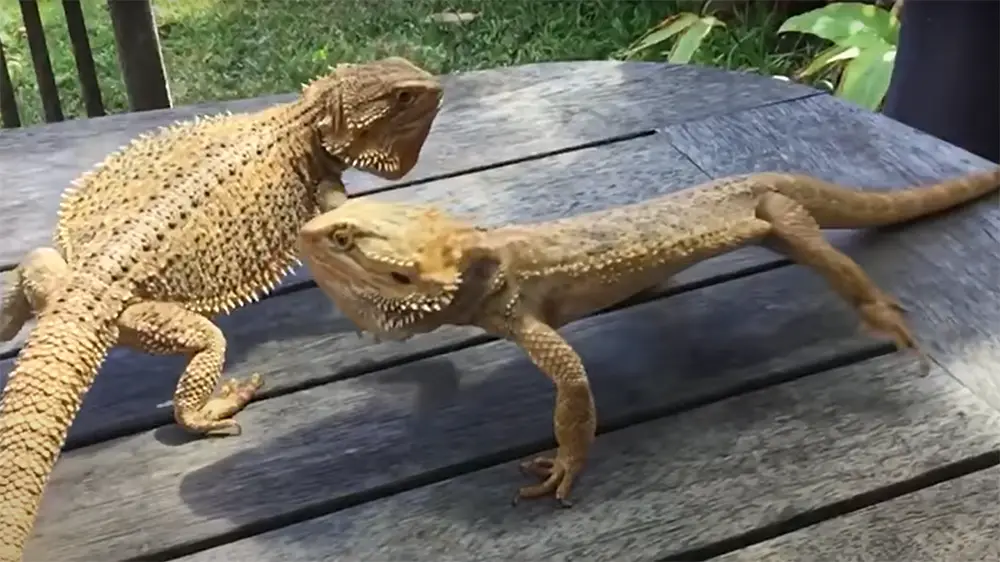
Uromastyx are not social creatures and prefer to live alone. They are aggressive towards other Uromastyx and should be kept separate from each other.
Cleanliness and smell
Bearded Dragons are notorious for being messy and smelly. Their tanks need to be spotless, and they need a bath every week. If their tank isn’t clean, they can get sick very easily.
Uromastyx are much cleaner. They don’t need nearly as much attention when it comes to cleaning their enclosure. A quick wipe down once a week is usually enough.
If you can’t stand a smelly reptile, then Uromastyx is definitely the way to go.
Brumation
Brumation is a state of dormancy that reptiles enter in order to survive the winter months. It’s similar to hibernation in mammals, but not exactly the same. During brumation, reptiles will bury themselves underground or under rocks where they will estivate (a type of dormancy) until the weather warms up again. Bearded Dragons and Uromastyx are both desert animals, so they are used to extreme changes in temperature. However, this does not mean that they can tolerate living in a cold environment. In fact, if their enclosure is too cold, it can cause them serious health problems such as respiratory infections.
When your reptile starts to show signs of brumation, it’s important to provide them with a warm, safe place to estivate.
Bearded Dragon vs. Uromastyx – Best Option for Beginners
Bearded Dragons and Uromastyx are both excellent options for beginner reptile owners. Both species are relatively easy to care for and have a moderate lifespan of around 15 years. However, there are some key differences between the two species that you should be aware of before making your decision.
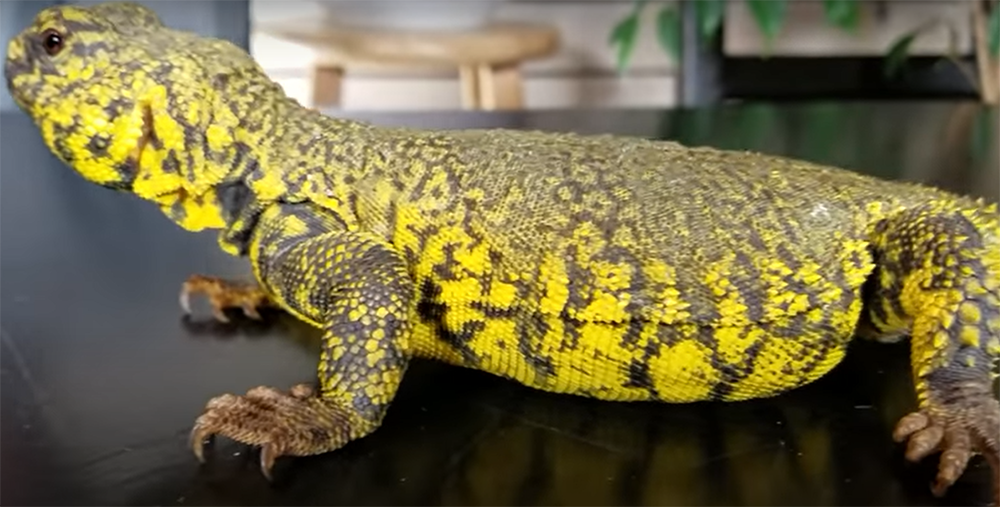
Bearded Dragon Interesting and Fun Facts
Bearded Dragons get their name from the spines on their chin and throat, which resemble a beard.
Here are some fun facts about Bearded Dragons:
- Bearded Dragons can grow up to 24 inches long.
- They live for about 12 years in captivity, but their lifespan in the wild is unknown.
- Bearded Dragons are omnivores, which means they eat both plants and animals.
- In the wild, Bearded Dragons bask in the sun to regulate their body temperature.
- Bearded Dragons have excellent eyesight and can see colors clearly.
- They also have a third eye on the top of their head, which is used to sense predators.
Uromastyx Interesting and Fun Facts
Uromastyx lizards get their name from the Greek words for “tail” and “bladder.” There are approximately 15 different species of Uromastyx, each with its own unique appearance and set of behaviors.
Here are some fun facts about Uromastyx lizards:
- Uromastyx lizards are native to Africa, Asia, and the Middle East.
- They spend most of their time in burrows underground.
- Uromastyx lizards are herbivores, and their diet consists mostly of plants.
- These lizards are known for their bright colors, which can include shades of yellow, green, orange, and red.
- When they feel threatened, Uromastyx lizards will puff up their bodies and display their brightly colored throats as a warning to predators.
FAQ
Is a Uromastyx a Bearded Dragon?
No. They are two different species of lizards that come from different parts of the world and have a few key physical differences.
Can a Bearded Dragon and a Uromastyx live together?
It’s not a good idea to house two lizards together, even if they are of the same species. They are territorial creatures by nature, and will often fight for dominance. This can lead to serious injuries, or even death. [7]
Do Uromastyx like being handled?
Uromastyx are much less likely to enjoy being handled. They are generally quite shy and easily stressed by handling. If you do need to handle your Uromastyx, be sure to do so gently and for only a short period of time.
Are Uromastyx friendly?
While Uromastyx can be friendly, they are not as outgoing as Bearded Dragons. They tend to be shy and may hide when someone approaches them. However, with regular handling, Uromastyx can become used to humans and even enjoy being petted. Uromastyx also have a reputation for being grumpy, so it’s important to choose one that has a calm personality.
Can you have two Uromastyx?
Not a good idea. Uromastyx are territorial and will not do well living with another Uromastyx, even of the same species. In the wild, Uromastyx live alone except during mating season. If you must have more than one pet reptile, get a different species that can coexist peacefully with a Uromastyx. [8]
Why is my Uromastyx puffing up?
The most likely reason is that your Uromastyx is trying to ward off predators.
Puffing up is a natural defense mechanism for these lizards and it makes them look much larger than they actually are. In most cases, you’ll see your Uromastyx do this when they feel threatened or when they’re about to shed their skin.
If you see your Uromastyx puffing up, there’s no need to worry. Just give them some space and let them calm down.
What reptile can live with a Bearded Dragon?
There are several reptiles that can live with a Bearded Dragon. Some recommended companions for Bearded Dragons include anoles, leopard geckos, African fat-tailed geckos, and tortoises. All of these reptiles are relatively docile and can coexist peacefully with a beardie. [9]
Of course, it’s not just enough to put two reptiles together and hope for the best. You’ll need to do your part to create a harmonious living situation for all your pets. That means providing each reptile with its own food, water, and hiding spot. It also means giving them plenty of space to move around – no one likes to feel cramped!
Do skinks and Bearded Dragons get along?
You should think before you house any two animals together. Skinks and Bearded Dragons can get along, but there are some important things to consider before you make them roommates.
Do Bearded Dragons like being petted?
Most Bearded Dragons love being petted and will often fall asleep while being scratched behind the head. However, it’s important to get your dragon used to being handled gradually so that they don’t become overwhelmed or stressed.
Useful Video: Bearded Dragons Vs Uromastyxs !! Which One Should You Get ??
Conclusion
So, what’s the difference between Bearded Dragons and Uromastyx? When it comes to choosing between a Bearded Dragon or Uromastyx, it really depends on your personal preferences and what you are looking for in a pet reptile. Both species make great pets and are relatively easy to care for. Hopefully, this article has helped you decide which one is right for you! Thanks for reading!
References:
- https://www.beardeddragon.org/threads/when-do-bearded-dragons-get-their-triangle-head.195919/
- https://dragonsdiet.com/blogs/dragon-care/how-long-do-bearded-dragons-live
- https://uniquepetswiki.com/uromastyx-lifespan/
- https://petkeen.com/bearded-dragon-cage-size/
- https://www.morereptiles.com/uromastyx/
- https://www.backwaterreptiles.com/uromastyx-for-sale.html
- https://www.reptileforums.co.uk/threads/uromastyx-bearded-dragon.436829/#:~:text=No%20I%20would%20not%20recommend,can%20lead%20to%20liver%20problems
- https://www.lizards101.com/can-uromastyx-be-housed-together-important-rules/#:~:text=While%20it%20is%20possible%20to,cage%20mates%20to%20be%20happy
- https://www.petmd.com/reptile/slideshows/adding-second-reptile-your-tank-dos-and-donts#slide-1




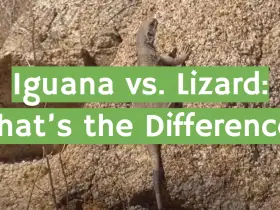
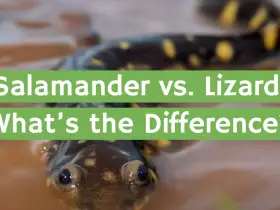
Leave a Review